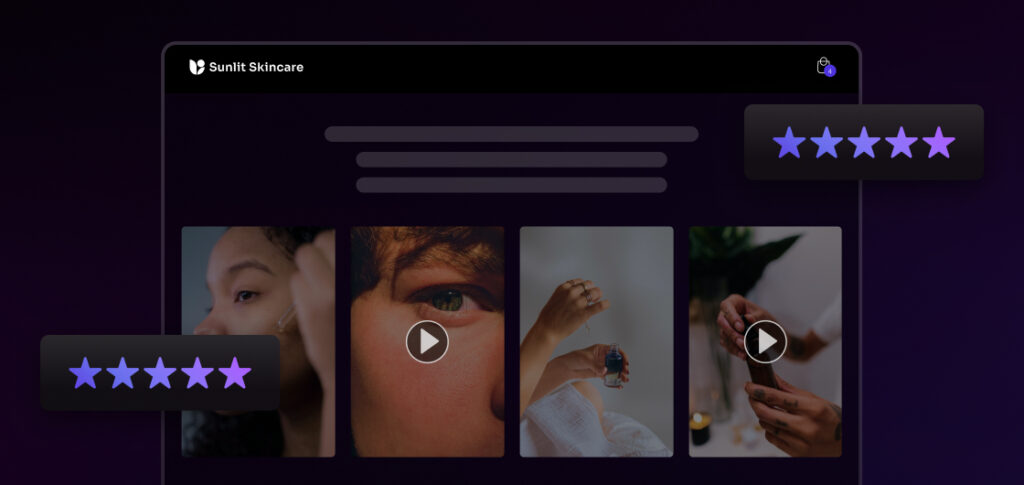
- Customer Marketing
- Reviews and UGC
- Social Proof
How To Add Social Proof on Shopify
Katie Vaught | Apr 25, 2025
Oct 2, 2023 | 6 minute read
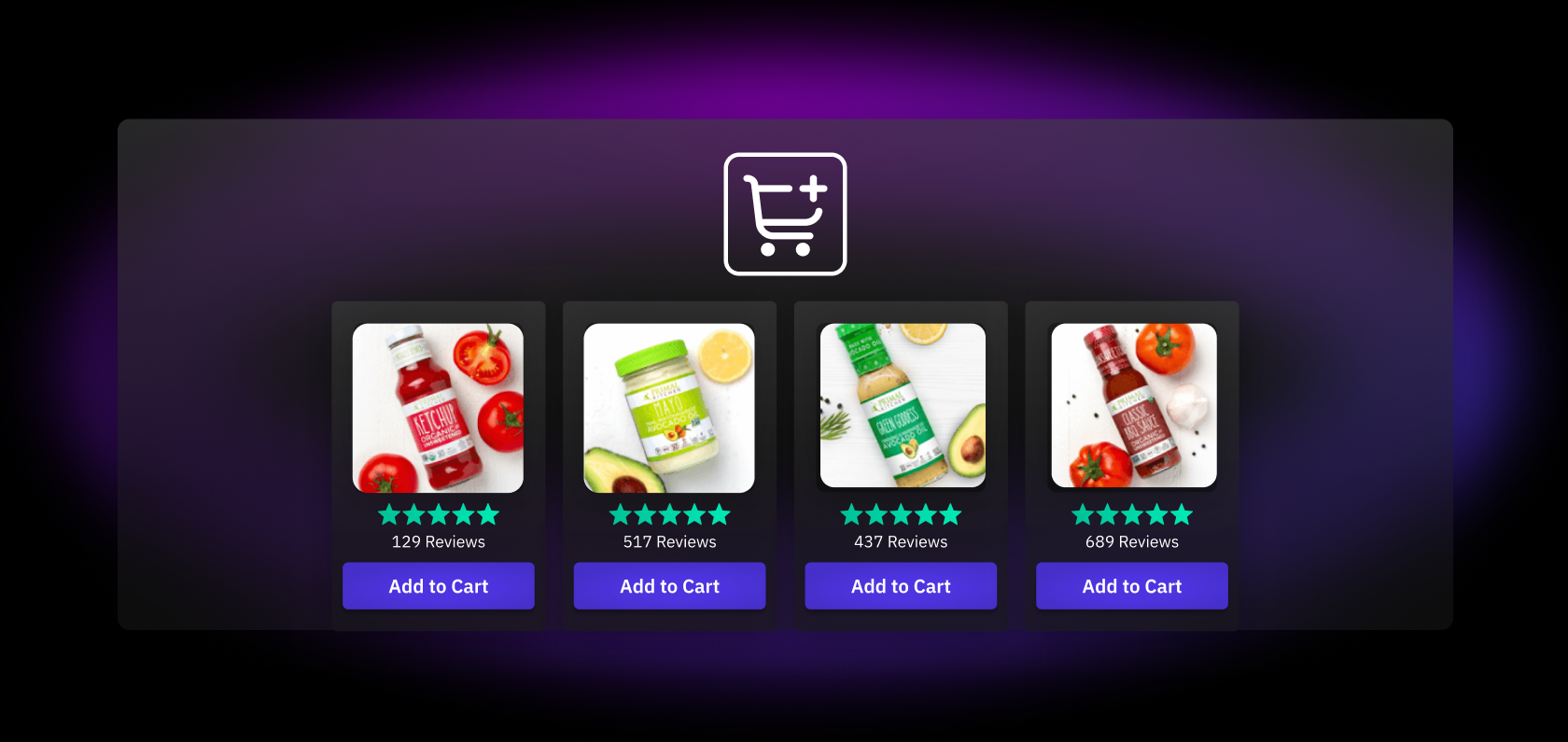
Matt Goodman
Co-founder, CEO
Capturing the attention and spending of consumers has become an increasingly challenging endeavor. With the proliferation of digital platforms and the rise of ecommerce giants, consumers are exposed to a constant barrage of options, making it harder for any single brand to stand out and establish a lasting connection.
In the face of these challenges, the concept of average order value (AOV) takes on even greater significance. With consumers being more cautious about their spending choices, focusing on increasing AOV can help you optimize your revenue streams. But what exactly is AOV and how do you encourage your customers to spend more per transaction?
This blog will unravel the significance and impact of high AOV for brands, and unveil four effective strategies that will empower you to boost AOV and create a more engaging and valuable shopping experience for customers.
Let’s get started.
Average order value (AOV) is the average amount of money a customer spends per transaction on your website.
It’s a powerful metric that you can use to improve the overall profitability of your store, giving you insights into buying patterns, customer trends, and even marketing ROI.
What constitutes a good AOV depends on your business, products, and customers. IRP Commerce has pinned the average AOV for ecommerce at around $133, but it can vary depending on your product prices and customer lifetime value.
To calculate your business’s AOV, you can use the equation below:
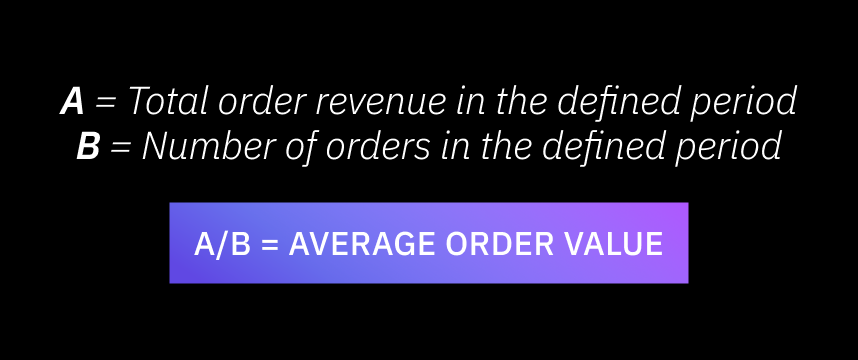
For example, if your brand has a total revenue of $50,000 split between 1,000 customers, your average order value would be $50. Once you know this figure, your focus should be on getting shoppers to spend past this threshold.
There are a number of ways to entice customers to do this. Before we dive into how to increase AOV, it’s important to recognize that increasing your average order value can eat into profits. Therefore, aggressive tactics aimed solely at improving AOV, such as excessive upselling or bundling, may hurt growth. Striking the right balance involves thoughtful consideration of pricing strategies, product quality, and customer satisfaction, ensuring that the pursuit of increased AOV aligns with maintaining healthy profit margins.
Reviews play a pivotal role in driving AOV by instilling confidence and influencing purchasing decisions. High-quality reviews serve as social proof, reassuring potential buyers about the quality and value of products or services, thus encouraging them to spend more.
In fact, according to Okendo research on loyalty and retention, nearly half (48%) of consumers say visible social proof like customer reviews and user-generated content (UGC) are key to meeting and exceeding their expectations. Furthermore, shoppers rated customer reviews as the number one source of information that makes them more confident in making a purchase.
Brands that actively encourage reviews through a generation strategy and showcase genuine customer feedback create a sense of trust and authenticity, which can translate into higher AOV as shoppers become more willing to invest in a brand they perceive as reliable and customer-focused.
Take baby accessory brand Freshly Picked, for example, whose word-of-mouth recommendations are crucial for its community of new parents. Using Okendo, they were able to display customer reviews across product lines to educate and engage with their community of new parents which resulted in an $11 increase in AOV.
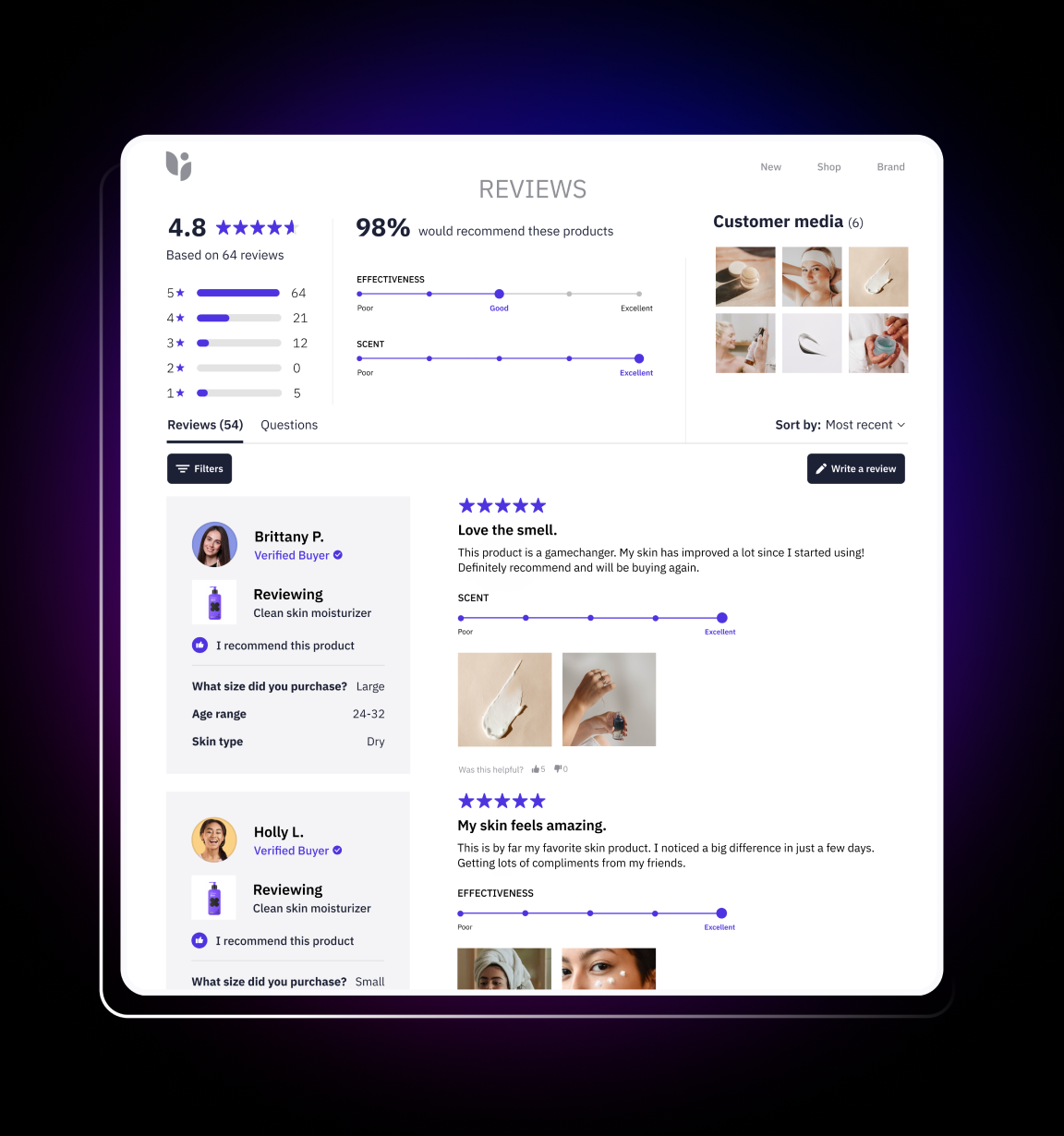
Collecting zero-party data (ZPD) through avenues like customer reviews, surveys, and quizzes can be a potent tool for increasing your average order value. These strategies allow you to gain direct insights into individual preferences, needs, and aspirations, enabling you to personalize offerings more precisely.
The ability to personalize the shopping experience for customers is incredibly important if you want to encourage shoppers to spend more money with you. According to our report on ecommerce trust, 79% of consumers say that personalized experiences in the form of product recommendations, personalized communication and offers are an important part of their shopping experience.
In today’s privacy-centric landscape, zero-party data is the most effective way to collect the insights needed to deliver these types of personalized experiences. By leveraging reviews, brands can identify common patterns in customer preferences and highlight products that align with those preferences, thus enticing customers to explore higher-value options. Surveys and quizzes go a step further, enabling brands to create personalized recommendations that resonate with each customer on a deeper level.
Collecting ZPD through reviews, surveys, and quizzes fosters a sense of individualized care that can prompt customers to consider more comprehensive solutions. This can ultimately lead to a higher AOV as customers discover products uniquely suited to their desires and requirements.
Customer rewards have quickly become a crucial element in cultivating brand loyalty and driving revenue. By offering incentives for things like leaving a review or referring a friend, you can tap into the power of advocacy, motivating customers to engage more deeply with your offerings.
When customers are rewarded for leaving reviews, they are more likely to share their experiences, generating valuable user-generated content that builds trust and encourages others to make confident purchasing decisions. Similarly, referral programs create a sense of community and belonging, where satisfied customers become brand advocates. These advocates, eager to earn rewards by introducing others to the brand, often recommend higher-value products or packages to maximize their benefits.
As a result, AOV can experience a noticeable uptick, driven by the combined influence of UGC and the positive impact of peer-to-peer recommendations. Which brings us to our next important tip for increasing AOV.
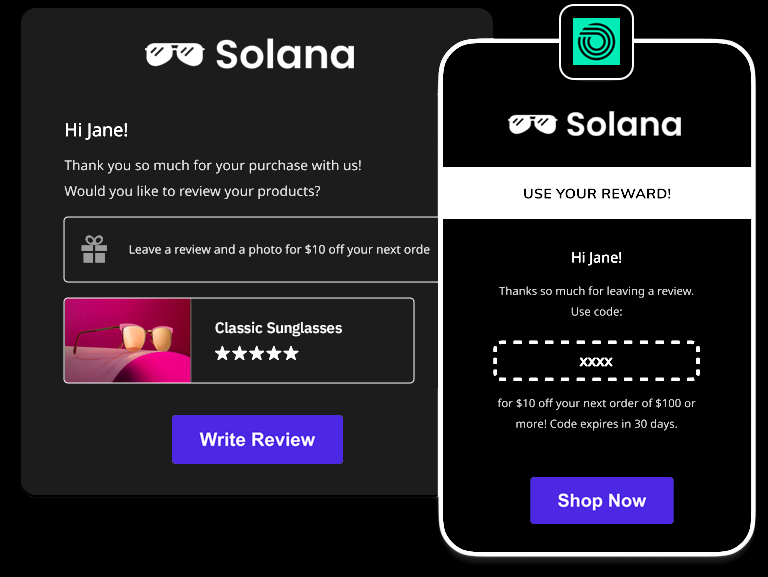
Referral and loyalty programs hold a dual advantage in enhancing AOV by tapping into the power of customer advocacy and long-term engagement.
A referral program rewards customers who recommend your brand to their family, friends, acquaintances and even followers on social media. It’s a much cheaper marketing option than paid sponsorships and traditional advertisements, making it easier for your brand to cost effectively acquire and retain new customers. In fact, referral marketing conversion rates are nearly 4x higher than the average rate of all other marketing channels.
A loyalty program incentivizes and rewards customers for their repeat purchases, engagement, and loyalty. Through these programs, customers are typically offered various benefits, rewards, discounts, or exclusive offers in exchange for their ongoing commitment to your brand.
Both referral and loyalty programs promote customer satisfaction and brand growth, effectively boosting AOV by both attracting new customers who invest in higher-value options and encouraging existing ones to elevate their purchases. According to data from the National Retail Federation, loyal customers spend 43% more, showcasing the value of referral and loyalty marketing for brands trying to increase their average order value.
Brands looking to amplify their AOV have a powerful ally in Okendo. Our all-in-one customer marketing platform for Reviews, Surveys, Referrals, Quizzes, and Loyalty to help you build more profitable customer relationships.
It’s never been easier to turn customers into revenue-driving Superfans. With Okendo, you can easily engage customers at key moments of high satisfaction and engagement, leveraging our all-in-one platform to cultivate brand advocacy and maximize customer lifetime value.
We’ve built a powerful solution to address the many obstacles brands face in this ultra-competitive environment. Okendo empowers you to build more authentic, personalized and profitable shopping experiences and build faster and more efficient growth for your brand.
Related articles
Ready to learn more?